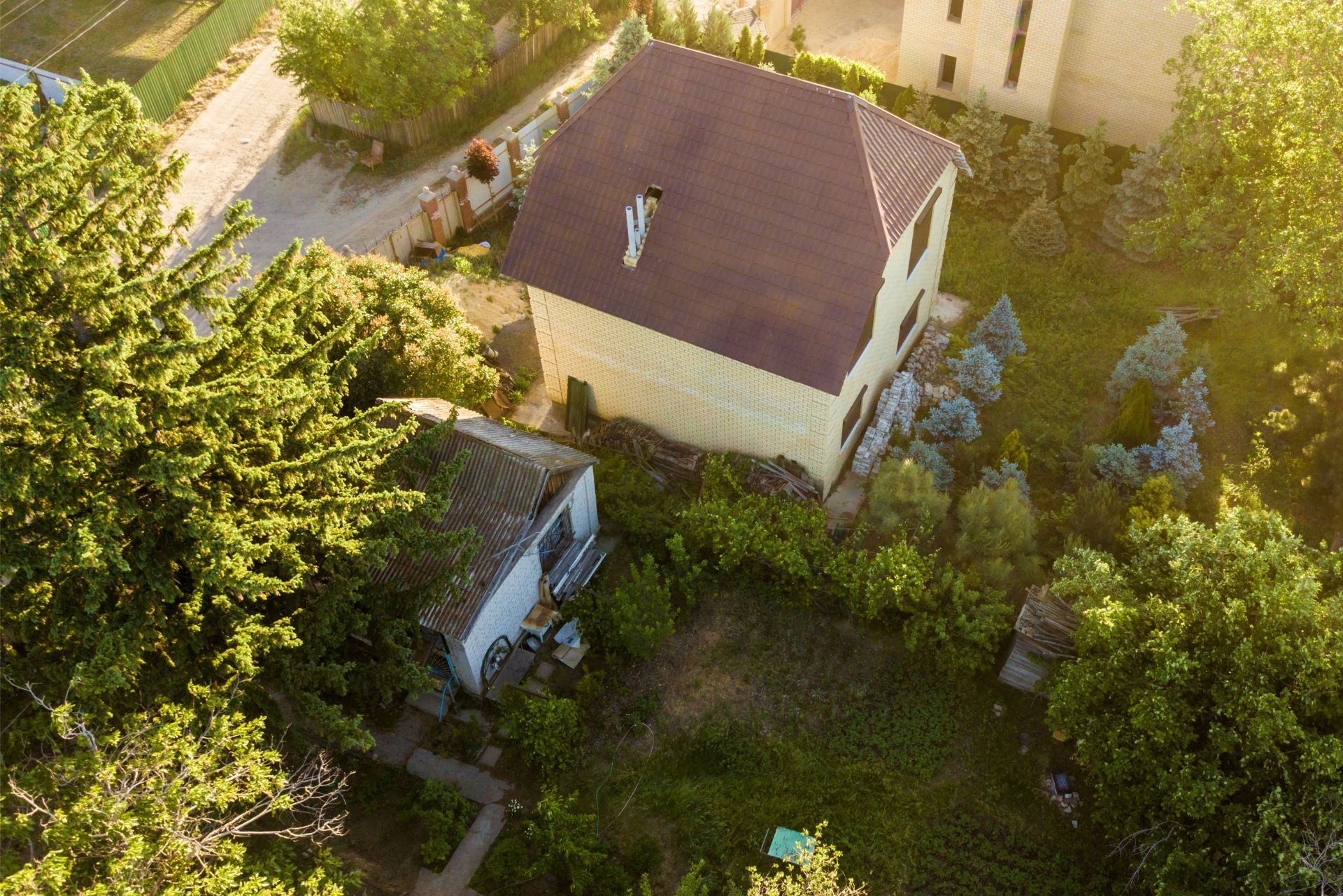Minnesota Secondary Home Insurance

See How We're Different
or call us: (763) 242-1668
Common Personal Insurance Policies
By: Matt Larsen
Owner of Capstone Insurance Group & Secondary Home Insurance Advisor
763-242-1668
Index
Contact Us
Secondary home insurance is a crucial consideration for homeowners in Minnesota who own more than one property. Whether it's a vacation home, a rental property, or an investment property, secondary home insurance provides an
additional layer of protection for your assets. In this comprehensive guide, we will delve into the intricacies of secondary home insurance, its importance, and how to choose the right policy for your needs in Minnesota.
Understanding Secondary Home Insurance
Secondary home insurance, also known as second home insurance or vacation home insurance, is a type of insurance policy designed to cover a property that is not your primary residence. This policy is essential because your primary home insurance may not fully cover your secondary property, leaving you exposed to potential financial risks.
Secondary home insurance policies typically cover the same risks as a standard homeowners insurance policy, including damage from fire, theft, and certain natural disasters. However, they often come with higher premiums due to the increased risks associated with secondary properties, such as periods of unoccupancy and rental use.
Why Secondary Home Insurance Is More Expensive
Insurance companies often charge more for secondary home insurance due to the unique risks associated with these properties. For instance, secondary homes are often left vacant for extended periods, increasing the risk of theft, vandalism, and undetected damage, such as leaks or pest infestations.
Furthermore, if you rent out your secondary property, there's a higher likelihood of damage due to the varying number of tenants. Insurance companies factor in these risks when calculating your premiums, leading to higher costs compared to primary home insurance.

Choosing the Right Secondary Home Insurance in Minnesota
Choosing the right secondary home insurance in Minnesota involves understanding your needs, assessing the risks, and comparing different insurance providers. Here are some factors to consider:
Understand Your Coverage Needs
First, determine what type of coverage you need. If your secondary home is a vacation property that remains vacant for long periods, you may need a policy that covers unoccupied homes. If you rent out the property, consider a landlord insurance policy that covers tenant-related damages.
Additionally, consider the location of your property. If your secondary home is in an area prone to certain natural disasters, such as floods or tornadoes, ensure your policy covers these risks.
Assess the Risks
Insurance companies will assess the risks associated with your secondary property to determine your premiums. This includes factors like the property's location, its condition, and how often it's occupied. By understanding these factors, you can take steps to mitigate risks and potentially lower your premiums.
For instance, installing a security system can deter theft and vandalism, while regular maintenance can prevent damage from issues like leaks or pests. If your property is in a flood-prone area, installing flood defenses could lower your risk and reduce your premiums.
Compare Insurance Providers
Finally, compare different insurance providers to find the best policy for your needs. Look at factors like coverage options, premiums, deductibles, and customer service. Don't forget to read reviews and ratings to get an idea of the provider's reputation and reliability.
Remember, the cheapest policy isn't always the best. It's crucial to find a policy that offers the right coverage for your secondary property at a price you can afford.
Understanding Minnesota's Insurance Laws
Minnesota has specific insurance laws that homeowners should be aware of. For instance, Minnesota law requires insurance companies to offer replacement cost coverage for homeowners policies. This means your policy must cover the cost of replacing your home without factoring in depreciation.
Furthermore, Minnesota law requires insurance companies to offer at least one policy that includes coverage for damage from weight of ice, snow, or sleet. This is particularly important for secondary homeowners in Minnesota, where harsh winters can cause significant property damage.
Working With an Insurance Agent
Working with an insurance agent can make the process of choosing a secondary home insurance policy easier. An agent can help you understand your coverage needs, assess your risks, and compare different insurance providers. They can also help you understand Minnesota's insurance laws and how they apply to your secondary property.
When choosing an agent, look for someone with experience in secondary home insurance and a strong understanding of Minnesota's insurance market. This will ensure you get the best advice and guidance when choosing your policy.

Conclusion
Secondary home insurance is a vital consideration for any homeowner with more than one property in Minnesota. It provides an additional layer of protection for your assets, covering risks that your primary home insurance may not cover.
Choosing the right policy involves understanding your coverage needs, assessing the risks, and comparing different insurance providers. It's also important to understand Minnesota's insurance laws and consider working with an insurance agent to make the process easier.
With the right secondary home insurance policy, you can enjoy peace of mind knowing your property is protected, no matter what happens.





